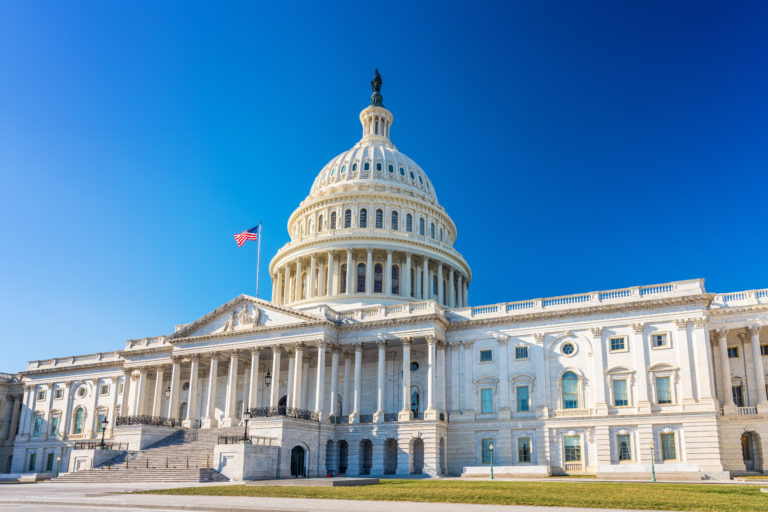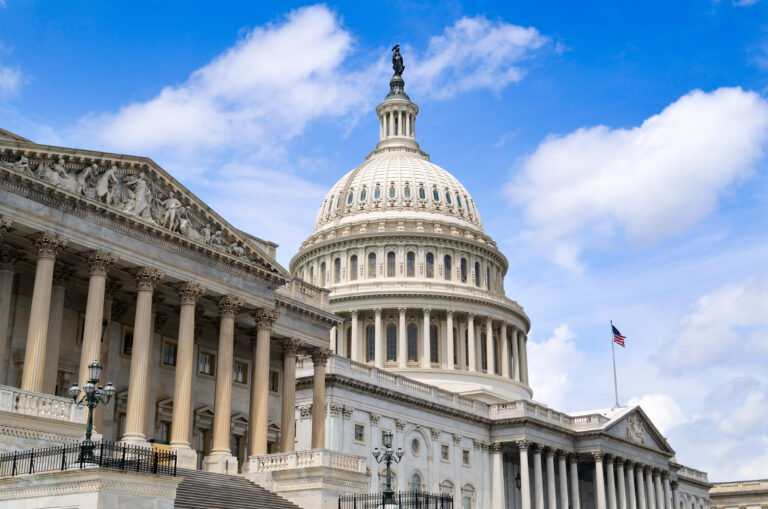On Sunday night, a bipartisan group of senators released the legislative text of the infrastructure bill after months of negotiations. The $1 trillion bill includes $550 billion in new federal funding for infrastructure over the next five years but falls short of President Biden’s proposed $2 trillion infrastructure investment in the American Jobs Plan. The bill includes investments in roads, bridges, high-speed internet, transportation, and water infrastructure, but does not incorporate many of the President’s proposed training provisions in the original infrastructure bill.
Senator Schumer restated his goal to pass both this bipartisan bill and a budget resolution before the August recess. The $3.5 trillion budget resolution would fund Democratic priorities on climate, health care, and the economy.
While the bipartisan bill cuts many of the original proposed training initiatives, it does propose investments in higher education and workforce development:
Training
- $10 million for higher education institutions to establish building training and assessment centers to educate and train building technicians and engineers on implementing modern technologies.
- $10 million for grants to pay the federal share of associated career skills training programs in which students concurrently receive classroom instruction and on-the-job training for certification in energy efficiency buildings technologies.
- Establishes the 21st Century Energy Workforce Advisory Board to support and develop a skilled energy workforce. The board would consist of 10-15 members with at least one representing a labor organization.
- Expands surface transportation workforce development and establishes the Transportation Education and Training Development and Deployment Program to make grants to institutions to implement new curricula and education programs to provide hands-on career opportunities.
Higher Education
- $95 million to support the University Transportation Centers (UTC) Program to advance transportation research and technology.
- $500 million for the SMART (Strengthening Mobility and Revolutionizing Transportation) Grant Program to complement the Federal Pell Grant’s already-established SMART (National Science and Mathematics Access to Retain Talent) Grants.
- $500 million for higher education-based industrial research and assessment centers to identify opportunities for optimizing energy efficiency and environmental performance at industrial facilities. Industrial research and assessment centers are federally funded and can be found at trade schools and community colleges.
Broadband
- $65 billion investment in broadband funding including grants to states for broadband deployment, expanding broadband affordability, and broadband infrastructure.




